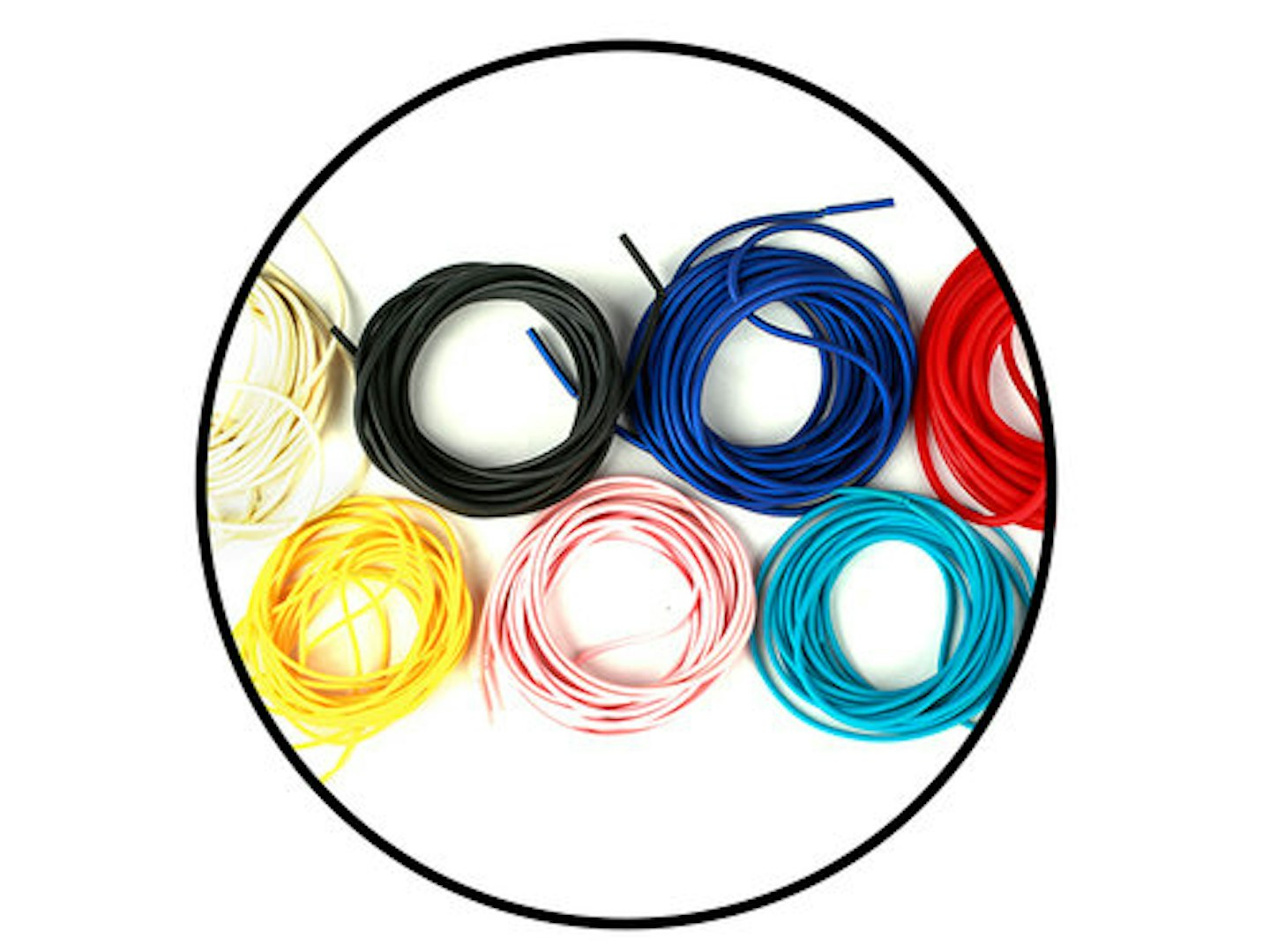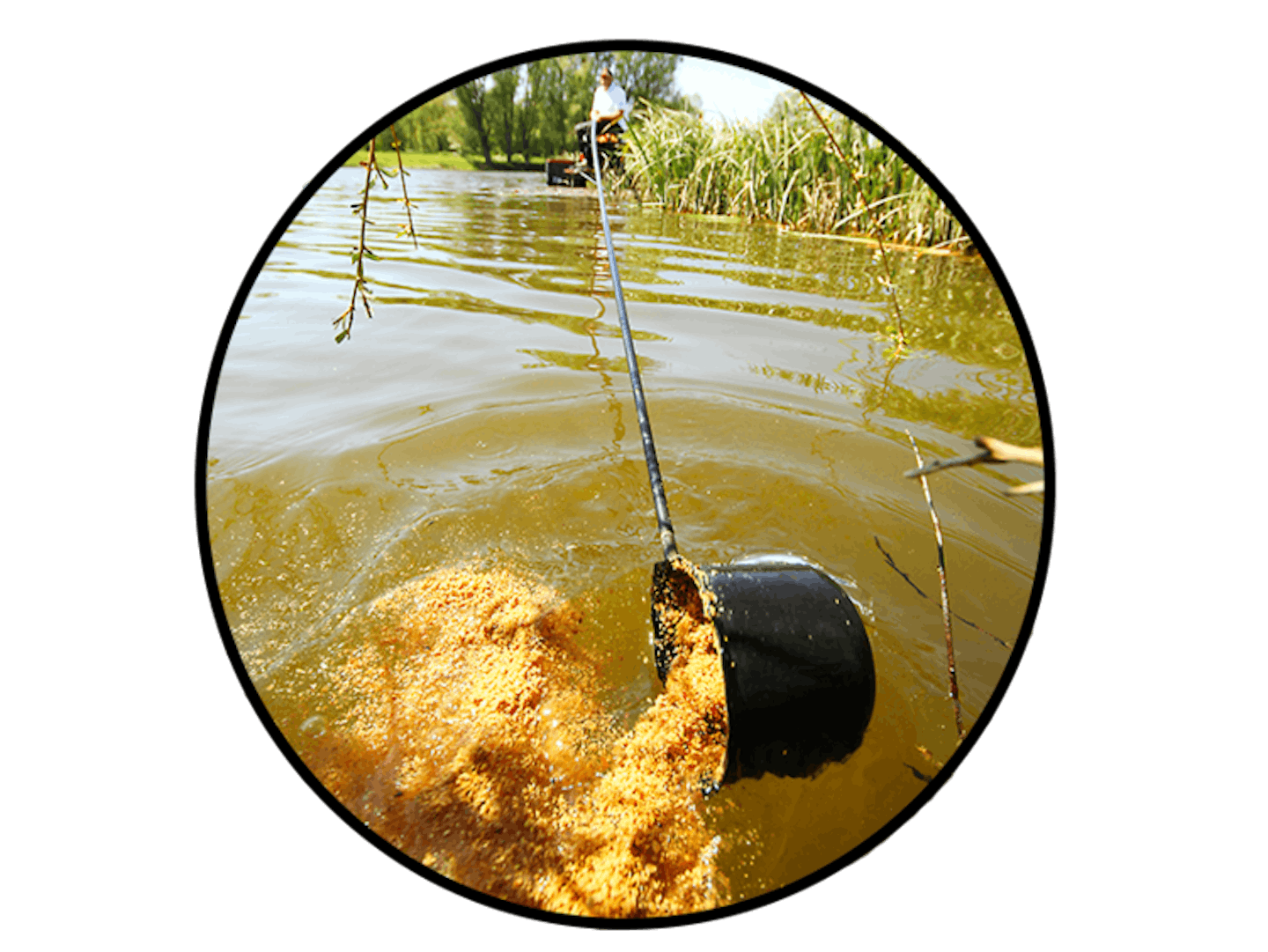Now's the time of year I love on commercials – it’s margin time! The fish are well aware that colder weather is on its way, and September is when they really start to get their heads down and try to pack on a bit of weight.
This makes margin fishing, with its heavy feeding regime, one of the best tactics for a big catch right now.
Q. When should I try fishing the margins?
Steve says: I won’t feed down the edge until at least three hours into a session because there’s no point until the carp are starting to move closer to the bank looking for food.
If you feed any earlier, small silver fish will eat everything and the initial impact of feeding the swim will be lost. What you have to remember about edge fishing is that when the carp arrive you can catch very quickly, so a big weight will still be possible even in the last hour.
q2.png
Q. What depth do I need to have to be able to fish down the edge?
Steve says: Ideally I like to have between 10ins and 18ins of water down the edge. If the water is shallower than 10ins, big carp can be very spooky and difficult to catch, even though you can see them!
Equally, if it’s too deep, it can be tricky to keep the fish on the bottom and line bites then become a problem.
When plumbing up, try to find a relatively flat area to both feed and fish on. What you don’t really want is a spot where the bottom is all over the place, as it makes it hard to settle the fish if this is the case.
You also need to be fishing as tight to the bank as possible to stop fish swimming the wrong side of the float, as this can lead to line bites and foul-hookers.
Q. Do I need a particular type of float?
Steve says: The best margin floats are not only tough, but have a decent bristle, and will take a bit of shot.
A 0.2g or 0.3g MW Margin Diamond is perfect, even when fishing in just inches of water.
The Margin Diamond has a big, thick bristle which allows me to read what’s happening in the swim a lot easier, especially in helping me tell the difference between liners and proper bites. For this reason I like to leave a good half-inch of bristle showing when edge fishing.
Q. What rig do you use? Do you fish straight through or use hooklengths?
Steve says: I fish heavy for big fish... 0.22mm N-Gauge mainline to a 4ins hooklength of 0.19mm and a size 14 Guru XS spade-end hook.
Hooklengths make my rigs more adaptable and save loads of time, should I need to change the hook size or pattern on the bank.
Shotting is a strung bulk of No10s with the bottom shot 6ins from the hook and the rest spaced at one-inch intervals above this.
I don’t like the bottom shot too close to the hook, as I find when big fish are in the swim it can lead to line bites and fish spooking.
Q. Which elastic is best?

Steve says: Nine times out of 10 it’s Red Hydro, on lakes where the carp average 8lb-plus.
Red is powerful enough to quickly steer the carp out of the swim once hooked, but at the same time it’s still soft enough to absorb that first run.
On waters with smaller fish I will use White Hydro on a puller kit, giving me that all-important softness on the strike but then the ability to get fish in by using the puller.
Q. How much bait do I need to feed, and how do I feed it?
Steve says: Really attack the swim. I kick off by feeding between eight and 10 large, 250ml pots of bait.
There are two reasons – first, to try and hold the fish in the swim for as long as possible and second, to give the impression to any fish in the area that I’m packing up and have thrown all my leftover bait in.
Q. What bait should I put on the hook?
Steve says: Big hookbaits! You need to give the carp something they can really home in on among all the loose offerings.
My favourites are bunches of 8-10 maggots, or even double corn if small nuisance silver fish are still a problem.
Always have the same bait on the hook that you are feeding. Edge carp can be clever, and it makes no sense to feed one bait and fish another!
Q. Should I feed again after catching a fish?
Steve says: I always try to ‘fish out’ my initial feed first. Once this is done there are several ways you go about feeding the swim and it’s simply a case of working out which one is right on the day.
You can try putting a big pot in and catching a fish and then feeding another big pot – alternatively you can repeat the big hit of bait and try and catch several fish off that. There are no golden rules, so experimentation is the key!

q7.png
Q. Do you still use groundbait as feed?
Steve says: Groundbait is brilliant in shallow water, but if the swim is too deep, even a heavy overwetted mix can prove to be a recipe for disaster.
The problem with groundbait in deep water is that once there are carp in the swim it gets wafted about all over the place. In deep water this leads to carp feeding off the bottom.
In deep margins you are better off looking at heavier baits such as sweetcorn or big hard pellets that will stay on the bottom.
With the right depth, though, there’s no better edge combination than groundbait and dead maggots.
My favourite mix is Dynamite Baits Sweet Fishmeal, slightly over-wetted so it will stay put on the bottom.
Q. How do I stop fish from spooking?
Steve says: Quite often you will look down the edge to see tails everywhere, only to quickly ship your rig out and discover they have all vanished.
You ship back in and then they are back again. It’s so frustrating, and the reason they do it is that they have been spooked by the shadow of the pole over their heads. To try and prevent this I hide my pole by keeping it over the bank rather than over the water. A longer-than-normal length of line between pole float and pole-tip can help too.
Q. How long should I give it?
Steve says: You need to be patient. Provided you know there are carp in the swim, just sit and wait. ‘Chasing’ will only spook them out of the swim and lead to foul-hookers.
The only moving of the float I like to do is to occasionally lift and lower it, just to make sure the rig is sitting straight. Lifting and lowering can also help a feeding fish spot the hookbait.
By Steve Ringer
